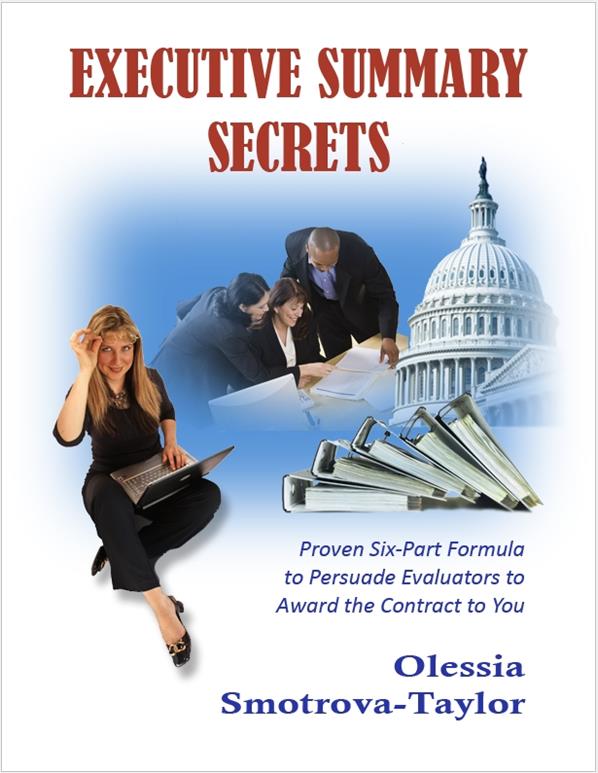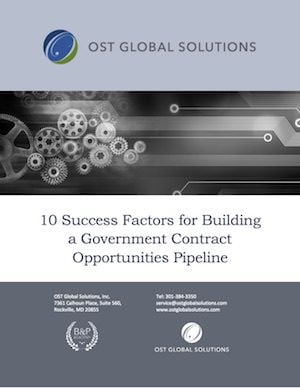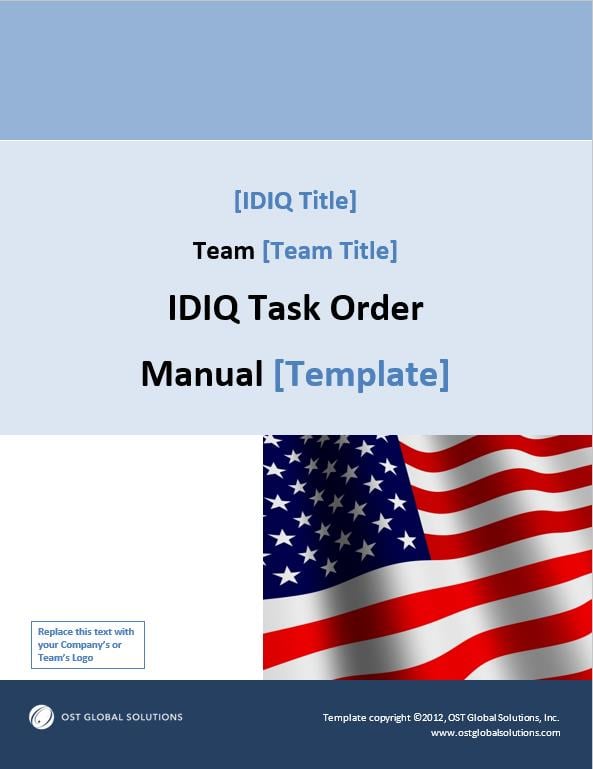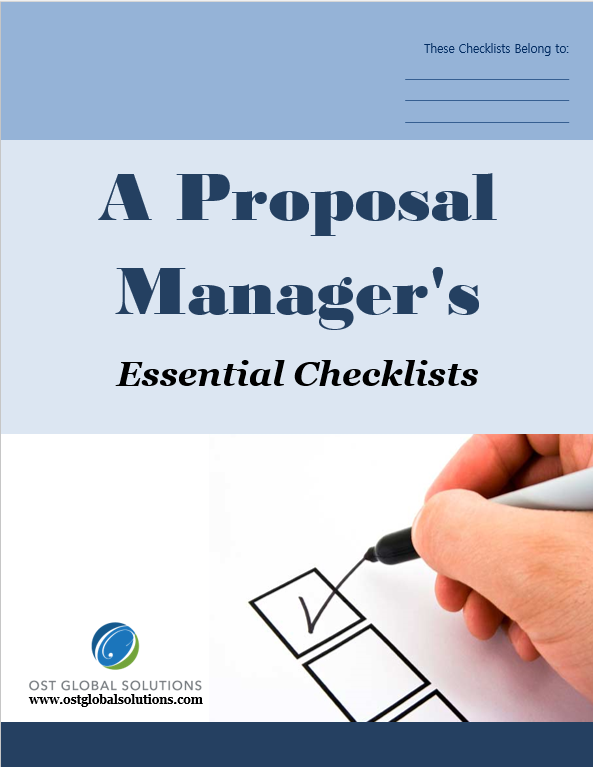Description
Two things happen when you write a poor Executive Summary:
1. When you submit your proposal and it undergoes evaluation, the evaluators often don’t even see your executive summary.
When I polled Government contracting officers (to whom you deliver your proposals) on whether they share executive summaries with the rest of the evaluators, they told me what really happens. If the executive summary is good and helps the evaluator understand the proposal and the offer better, they provide copies to the source selection evaluation board; and if it is the “usual” document full of fluff, they just keep it in their own file and don’t bother distributing it. Essentially, if the RFP doesn’t require an executive summary, most of the time no one really reads it – not because it’s not needed for the evaluators to better understand your offer, but because it is so poorly written.
In this highly competitive arena, it is not enough to be compliant, have good past performance, and have competitive price. In the world of “technical leveling” (where so many companies have very similar credentials and capabilities), and “transparent Government” (where everyone knows each other’s prices since most of this information is public), you have to leave no stone unturned to make yourself shine.
Today’s Federal bid competitions are tough, as everyone has caught on that the U.S. Government is the largest and the most stable customer in the world with $500+ billion market. This market is still growing – as Washington Technology just reported. If you want an illustration of how steep the competition has become, take a look at the Eagle II opportunity for the Department of Homeland Security – there are more than 1000 interested vendors for the unrestricted and small business vehicles. In competitions like these, being merely compliant and having great past performance and price is not enough. You have to do whatever it takes to get your proposal to shine – in every way. You have to have something that distinguishes you and gets the evaluator to notice you, and… you miss your chance.
2. When evaluators get the full proposal copy, a badly written executive summary can cast a negative light over your whole proposal that may be otherwise a decent document.
Evaluators are human beings subject to first impressions – and bad first impressions
More Information About Our Executive Summary Secrets
- What is it that stands between you and a great executive summary?
- Do you agonize over what you should write in your Executive Summary – how you should structure it so that it makes the most compelling argument for selecting you?
- Are you tired of slapping together executive summaries in the last hours before submitting the proposal because someone else had to write it and dropped the ball – or you yourself had procrastinated and postponed the pain?
- Have you been starting your executive summaries with “We are pleased to submit…”or “In response to this Request for Proposal (RFP)…”and believing that this is the way executive summaries are supposed to start? Or, did you hear that you shouldn’t start this way but don’t know HOW to start any other way?
- Have you ever been through a dozen or more revisions of the Executive Summary, wasting time and money – only to produce a mediocre document?
Do you know definitive answers to important questions such as:
- How long your executive summary should be?
- When it should be written?
- Who should write it?
- What graphics should go into it?
- How it should be written?
…or do you pretty much wonder in the dark and “swag” it each time?
Do you wonder if there is a better way to write executive summaries, with fresher tactics that work today, rather than the dated advice you remember from years ago?
More Information About Our Executive Summary Secrets
Here is what the 121-page workbook includes:
1) Three dangerous misconceptions about executive summaries that may be hurting your win rates. After going through this course, you will never have to fall into the traps most companies get caught in with executive summaries.
2) Five questions and answers that hold the key to preparing persuasive executive summaries that sell. You will find out:
- WHY have an executive summary in the first place. The answers will bring clarity once and for all and will help you make the decision each time on whether you should write one, or forego it for a specific proposal.
- WHO should write an executive summary. If you are an employee of a larger company (or work for a small business that teams with larger companies on proposals), this section will be very useful to you. It also provides the top three techniques seasoned proposal managers use to navigate through the corporate sticky wickets – to make sure your executive summary gets done on time (and well).
- WHEN should the executive summary be written. (Hint – it is not as simple as “first” or “last”.)
- WHAT are the characteristics of a compelling executive summary. Here you will get answers to the questions as to exactly how long it should be for any length proposal and what a winning executive summary is supposed to look like.
- And finally HOW to go about writing it – so that you don’t have to agonize ever again and battle with the writer’s block. This part segues into the exact step-by-step instructions for creating your own highly persuasive executive summary.
3) My Proven 6-Part Formula that takes the agony out of writing the executive summary and makes the process simple and straight-forward.
Eight techniques (four basic and four advanced) for starting your executive summary so that you will NEVER have to resort to “We are pleased to submit…” This is something that peaks the evaluators’ interest and gets them excited about reading your document. This will prevent evaluators’ temptation to node off at the first sentence, or worse – have a poor executive summary cast negative perception on your entire proposal – which may cost you millions of dollars.
- Detailed instructions for writing compelling value proposition – or your main proposal win theme – so that your proposal truly sells. This is my sure-fire technique for writing mean lean win themes that are UNIQUE to you (and are not the generic “we are the best value, lowest risk provider” any of your competitors could use in their proposal just as easily). This part also includes guidelines for focus boxes that summarize your win themes – with pointers on designing them for high impact. A great bonus from this course is that you can take these techniques and apply them to your entire proposal and not just the executive summary.
- Most effective ways to introduce you and your team to convince the evaluators you are the best possible offeror for the job. This section includes the exact techniques that work for presenting your team, and that equip you with the data call text you can send to your teammates to get the right information in the consistent format. It also addresses difficult situations such as page-limited short-turnaround proposals with dozens of companies on the team.
- Four ways to write the body (the main text) of your executive summary – with considerations of how to choose what works best for the specific proposal – no matter if it is a five-pager or a multiple-volume response.
- Creative ways to develop a roadmap to your proposal – and how to decide when you don’t need to include a roadmap.
- Techniques to develop a high-impact ending for your executive summary to make it even more persuasive, borrowed from the discipline of “direct response marketing” – as applicable to and appropriate in Government proposals.
4) Executive Summary outline you can use over and over again so that you never have to start with a blank page and wonder what to write.
5) Detailed guidelines for conceptualizing executive summary graphics. You will get answers as to:
- How to conceptualize effective executive summary graphics – with ideas you can use on your next proposal.
- Executive Summary graphics dos and don’ts.
- Where to place graphics in the executive summary for the greatest impact.
6) Techniques for editing your executive summary (and even for automating most of the editing), so that your executive summary is polished – to create a favorable, highly professional impression. This is especially useful to small businesses where you have a one-person business development “department” and you don’t have the luxury of a professional editing team.
Since it is not only a book but also a workbook, you get an entire framework of questions and thought processes to plan and develop YOUR executive summary. You can literally use this workbook to create your own executive summary as you learn the concepts. I offer all kinds of tips and tricks for you along the way that come from more than a decade of hard-earned lessons learned – all in one place – so that you don’t have to make those mistakes yourself.




